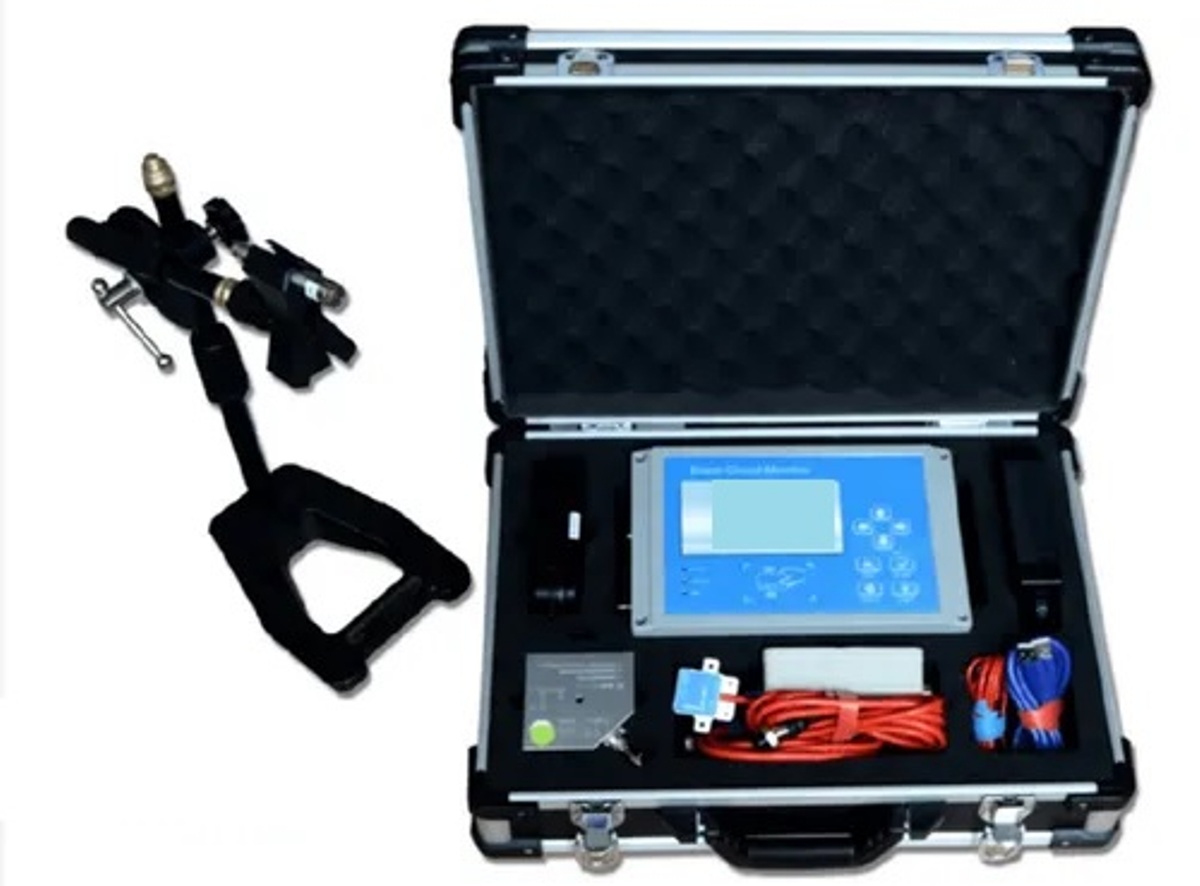
The global market for rheumatoid arthritis treatments is expected to grow at a CAGR of...
Learn More
Our consulting solutions address company specific challenges with respect to micro environment...
Learn More
Organizations frequently need day-today research guidancein order to gain strategic...
Learn More
Exploring different areas of market research and market analysis is a key factor...
Learn MoreAcute Market Reports presents the most extensive global business research services across industries. Our research studies focus on potential outcomes, benefits, and risks associated with each market segment across geographies. Having served our global clients for more than 10 years, our prime priority is to enable our clients in making well-informed business decisions through a data-driven, analytical, and uncomplicated research approach.
We provide access to the world's most comprehensive, analytical, and updated business intelligence services and solutions.




The global skincare market is expected to witness a CAGR of 5% during the forecast period of 2025 to 2033, driven by a combination of factors, including evolving consumer preferences, rising awareness of skincare routines, and increased demand for in...
Read More
The blast monitoring equipment market is expected to grow at a CAGR of 6.1% during the forecast period of 2025 to 2033, driven by increasing mining and construction activities, rising concerns regarding worker safety, and stringent regulatory norms f...
Read More
1,4 butanediol derivatives market is expected to grow at a CAGR of 7% during the forecast period of 2025 to 2033. The market's response to the growing demand for high-performance polymers, expanding applications in the chemical industry, and the risi...
Read More




